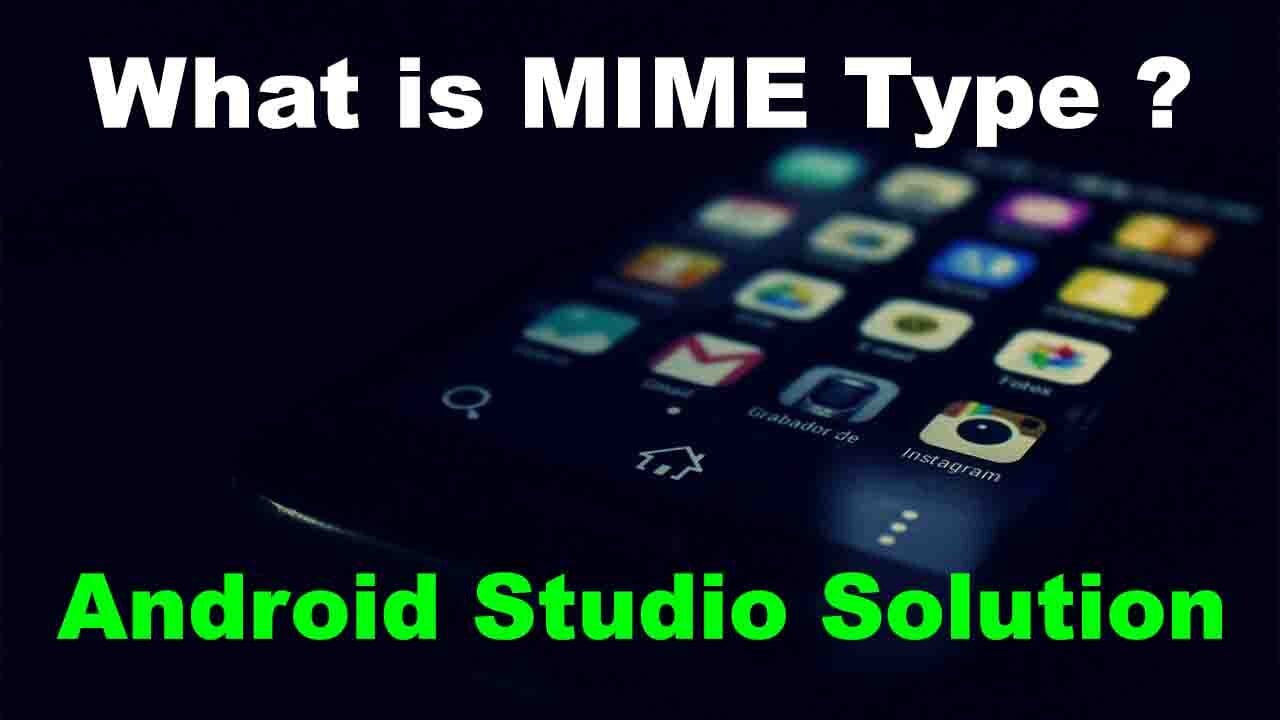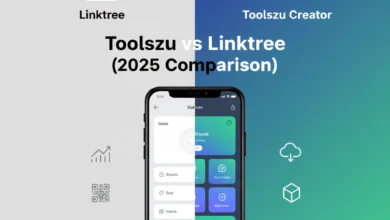What is MIME Type In Android Studio ?

MIME types, also known as Media Types or Content Types, are standard identifiers used to specify the format of a file or data on the internet. In Android Studio, MIME types are used to determine how data is handled and displayed by different apps.
MIME types are important because they help ensure that data is correctly interpreted and processed by different software programs. For example, if you download an image from the internet, the browser uses the MIME type to determine whether it’s a JPEG, PNG, or other image format, and then displays it accordingly.
In Android Studio, MIME types are used in a variety of ways. For example, when you want to send data from one app to another, you need to specify the MIME type of the data. This is done using an Intent, which is a messaging object that can be used to communicate between different components of an app, or between different apps on the device.
To specify the MIME type of data in an Intent, you use the setType() method. This method takes a String parameter that specifies the MIME type of the data. For example, if you want to send an image, you might use the following code:
scssCopy codeIntent intent = new Intent();
intent.setAction(Intent.ACTION_SEND);
intent.setType("image/jpeg");
intent.putExtra(Intent.EXTRA_STREAM, imageUri);
startActivity(Intent.createChooser(intent, "Send Image"));
In this example, the setType() method is used to specify that the data being sent is an image in JPEG format. The imageUri variable contains the URI of the image file.
MIME types are also used in Android Studio when you want to define a file type for your app. For example, if you’re building a file manager app, you might want to define a custom file type that your app can handle. To do this, you need to specify a MIME type for the file type. This is done using the android:mimeType attribute in your app’s manifest file. For example:
phpCopy code<activity android:name=".MyActivity">
<intent-filter>
<action android:name="android.intent.action.VIEW" />
<category android:name="android.intent.category.DEFAULT" />
<data android:scheme="file" />
<data android:scheme="content" />
<data android:mimeType="application/pdf" />
</intent-filter>
</activity>
In this example, the activity can handle files with the MIME type “application/pdf”. When a user tries to open a PDF file on their device, your app will appear as an option in the list of apps that can handle that file type.
In conclusion, MIME types are an important part of Android development, and are used to specify the format of data being sent or received by an app, or to define custom file types that an app can handle. By understanding how to use MIME types in Android Studio, you can ensure that your app works correctly with different types of data and files.
How To Change MIME Type In Android Studio ?
To change the MIME type of a file or data in Android Studio, you can use the Intent.setType() method. This method allows you to specify the MIME type of the data that you want to send or receive.
Here is an example of how to change the MIME type of a file:
scssCopy codeIntent intent = new Intent(Intent.ACTION_GET_CONTENT);
intent.setType("image/*");
startActivityForResult(Intent.createChooser(intent, "Select Image"), PICK_IMAGE_REQUEST);
In this example, we are using an Intent to select an image from the device. The setType() method is used to set the MIME type of the data to “image/*”, which means that any image format is acceptable. If you only want to accept a specific image format, you can replace the asterisk with the file extension of the format you want to accept. For example, if you only want to accept JPEG images, you would use setType("image/jpeg").
You can also change the MIME type of data that you want to send between two activities in your app. Here’s an example:
scssCopy codeIntent intent = new Intent(MainActivity.this, SecondActivity.class);
intent.putExtra("myData", myData);
intent.setType("text/plain");
startActivity(intent);
In this example, we are sending a piece of text data from the MainActivity to the SecondActivity. The setType() method is used to set the MIME type of the data to “text/plain”, which means that the data is in plain text format. If you were sending an image, you would use setType("image/*") or setType("image/jpeg"), depending on the format of the image.
Finally, you can also change the MIME type of a file type that your app can handle. To do this, you need to specify the new MIME type in the app’s manifest file. Here’s an example:
phpCopy code<activity android:name=".MyActivity">
<intent-filter>
<action android:name="android.intent.action.VIEW" />
<category android:name="android.intent.category.DEFAULT" />
<data android:scheme="file" />
<data android:scheme="content" />
<data android:mimeType="application/pdf" />
</intent-filter>
</activity>
In this example, we are specifying that our app can handle PDF files by setting the mimeType attribute to “application/pdf”. If you wanted to handle a different file format, you would replace “pdf” with the appropriate file extension.
In conclusion, changing the MIME type of a file or data in Android Studio is a straightforward process that can be done using the Intent.setType() method or by updating the mimeType attribute in your app’s manifest file. By correctly setting the MIME type, you can ensure that your app can handle different types of data and files.
Importance Of MIME ?
MIME (Multipurpose Internet Mail Extensions) is an important protocol used in email communication and on the internet to facilitate the exchange of different types of data. It is a standardized method for identifying files and their associated formats, and ensuring that they are correctly displayed or processed by different software programs.
Here are some of the key reasons why MIME is important:
- Facilitates the exchange of different types of data: MIME allows users to send and receive different types of data, such as text, images, audio, and video, over the internet. Without MIME, it would be difficult to exchange files that are not in plain text format.
- Ensures data is correctly interpreted and processed: MIME allows software programs to correctly interpret the format of a file and process it accordingly. For example, if you receive an email with an attached image file, the email client uses the MIME type to determine the format of the file and display it correctly.
- Enables web content to be displayed correctly: MIME is used to identify the type of content being sent from a web server to a browser. This ensures that the browser can display the content correctly, regardless of its format. For example, if a web page contains images, videos, or other multimedia content, the browser uses the MIME type to determine how to display each type of content.
- Allows web applications to exchange data: MIME is used in web applications to exchange data between the server and the client. This allows web applications to handle different types of data, such as files uploaded by users, and process them accordingly.
- Supports interoperability between different systems: MIME is a standardized protocol that is supported by a wide range of software programs and operating systems. This ensures that data can be exchanged between different systems, regardless of the software or hardware being used.
In conclusion, MIME is an important protocol that enables the exchange of different types of data on the internet. It ensures that data is correctly interpreted and processed by different software programs and allows web content to be displayed correctly. MIME also supports interoperability between different systems and enables web applications to exchange data.






